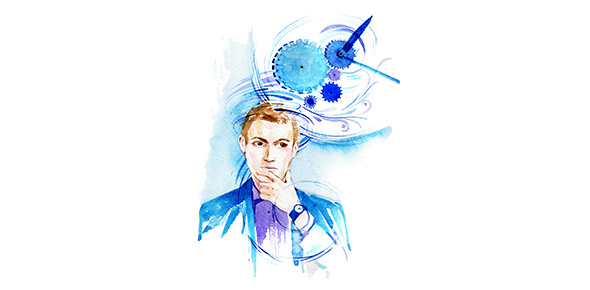Related Flashcards
Related Topics
Cards In This Set
| Front | Back |
|
Acoustic Shadow
|
The shadow created by the head that decreases the level of high-frequency sounds on the opposite side of the head. This is the basis of the localiation cue of interaural level difference. (ILD)
|
|
Architectural acoustics
|
The study of how sounds are reflected in rooms. an important concern for this is how these reflected sounds change the quality of the sounds we hear
|
|
Auditory localization
|
The perception of the location of a sound source
|
|
Auditory scene
|
The sound environment, which includes the location and qualities of individual sound sources
|
|
Auditory scene analysis
|
The process by which listeners sort superimposed vibrations into separate sounds
|
|
Auditory space
|
Perception of where sounds are located in space. ______ extends around a listener's head in all directions, existing wherever there is a sound.
|
|
Auditory stream segregation
|
The effect that occurs when a series of tones that differ in pitch or timbre are played so that the tones become perceptually separated into simultaneously occurring independent streams of sound
|
|
Azimuth coordinate
|
In hearing, specifies location that vary from left to right relative to the listener
|
|
Sounbinaural cue
|
Sound localization that involves both ears
|
|
Cone of confusion
|
A surface in the shape of a cone that extends out from the ear. Sounds originating from different locations on this surface all have the same interaural level of difference and interaural time difference, so information provided by these cues is ambiguous.
|
|
Direct sound
|
Sound that is transmitted directly from a sound source to the ears
|
|
Distance coordinate
|
In hearing, this coordinate specifies how far the sound source is from the listener
|
|
Elevation coordinate
|
In hearing, sound locations that are up and down relative to the listener
|
|
Indirect sound
|
Sound that reaches the ears after being reflected from a surface such as a room's walls
|
|
Interaural level of difference (ILD)
|
The greater level of a sound at the closer ear when a sound source is positioned closer to one ear than to the other. this effect is most pronounced for high-frequency tones. the _____ provides a cue for sound localization.
|





